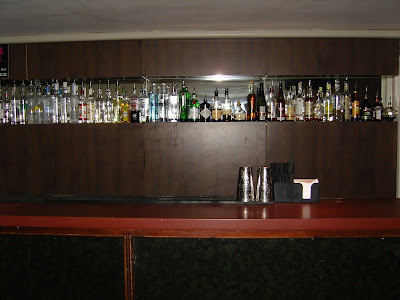The results from Artefact 1 and 2 indicated that viewers are reliant on commentary for documentary purposes. This directive narration style of documentary feature in many of the 'reality' programmes and films that give a personal view accounts of the subject being filmed. A visual diary/experience of the events are captured for entertainment, educational or even fictional purposes however viewers will not accept real time, as it happens (Big Brother live via Internet), as it too long and mundane. Sections of the Koyaanisqatsi feature many parts speed up or slowed down, spliced into fragments, visual techniques to offer the audience a faster account of the message.
Is the events too real? Or is society unable to wait for events to unravel needing the instant dose of entertainment or visual stimulation?
This shows the importance of the arrangement of the narrative and the techniques used to emphasize the message. This is especially true in the Koyaanisqatsi film with no commentary guiding the audience therefore allowing the diversity of free interpretations. The arrangements of the visuals need to be in a specific order to gain maximum effect but open enough to be able to gain different views of the film.
Therefore the viewer become the storyteller creating their own versions of the intended massage and using their own knowledge and experience to expand on the narrative given to them.
In Artefact 3 I want to concentrate on the relationship and engagement opportunities between the audience, author and subject. To find the working and collaborative production methods used to create a narrative. To find interpretation differences of narratives.
http://trentadams.ca/2002/09/04/interpretation-differences/
This link is a discussion on interpretation difference on a piece of music. Even though it is a music piece the theory can be adapted to visuals as well. By comparing their own interpretation with someone else they become more knowledgeable to reassess their opinion. These interpretations are as stated in the link, personal only to the individual through their own experiences and knowledge.
http://en.wikipedia.org/wiki/Content_analysis
This link is to wikipedia explaining content analysis. I intended to use some of these techniques used by Ole Holsti (http://en.wikipedia.org/wiki/Ole_Holsti)to analyse my own experiment for the communication.
http://web.media.mit.edu/~minsky/papers/MusicMindMeaning.html
This link explains (in detail) the persuasive influence of music. It touches on personal engagement to different pieces of music and relationship between vision and sound.
Labels: Artefact 3, Artefacts, PRP




















